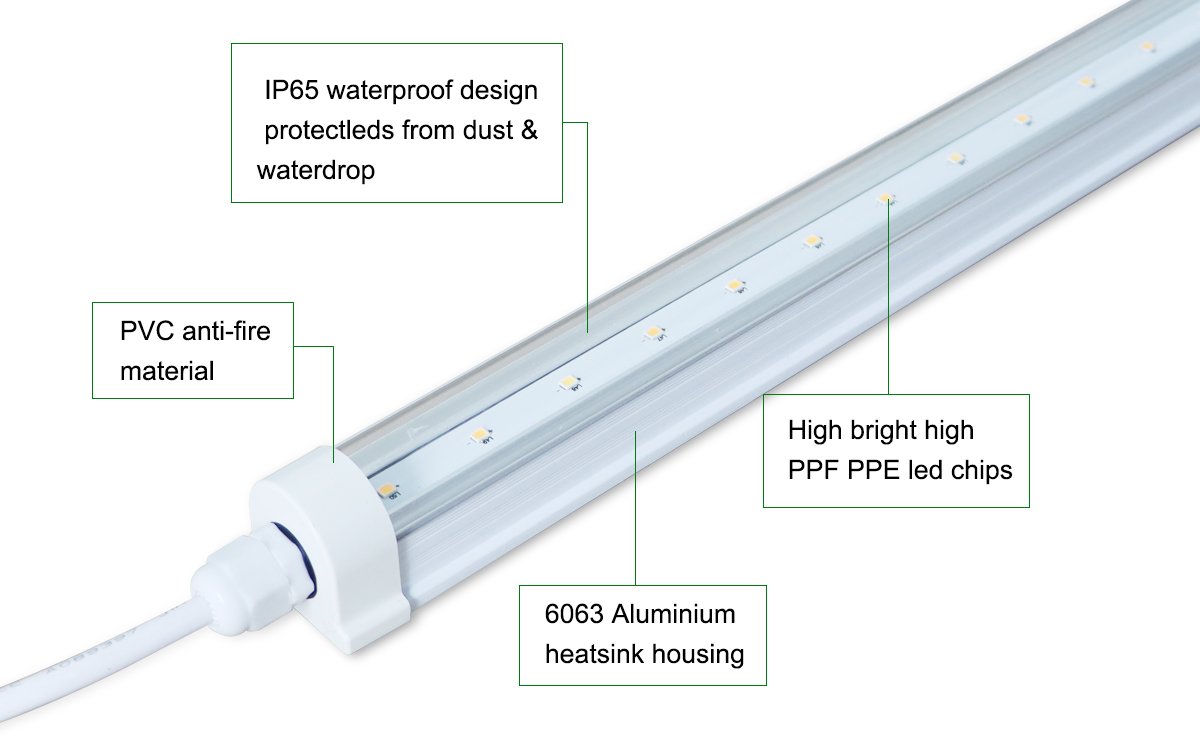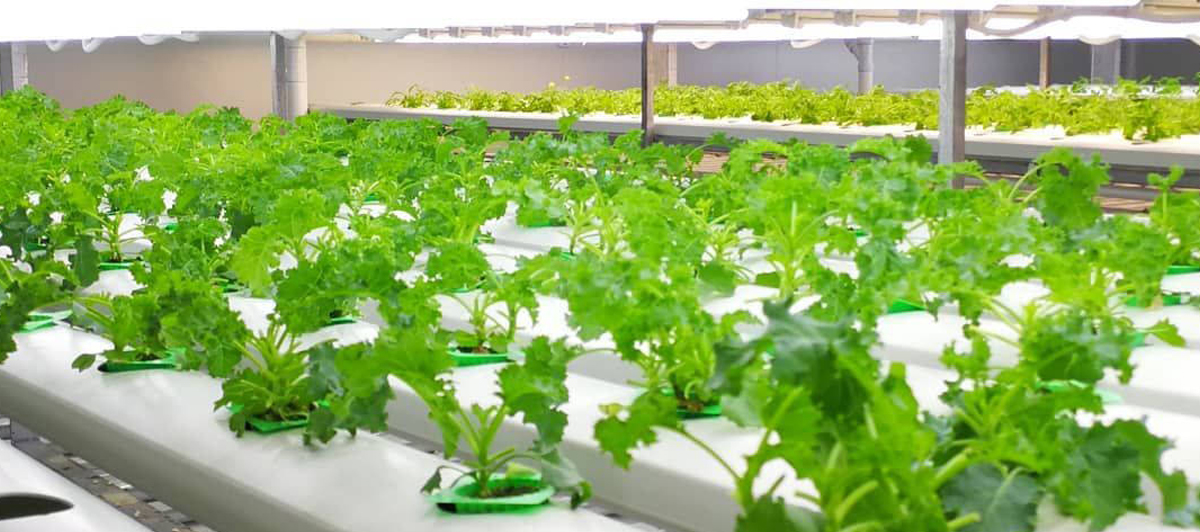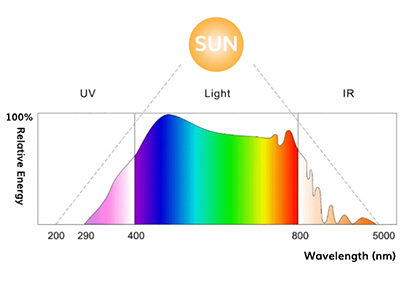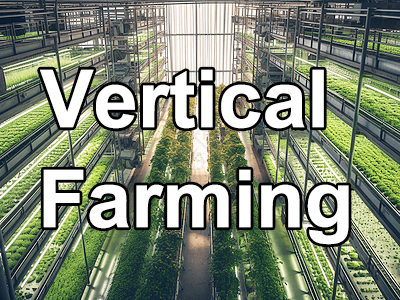Today, let’s talk about indoor planting. Do you know? In recent years, indoor cultivation has become very popular, and it’s not without reason. Let’s talk about the data first. According to market research, the indoor gardening market is expected to grow to approximately US$4.94 billion by 2025, with an annual growth rate of 4.6%. Looking at this momentum, indoor planting and modernization have become the general trend.
So why grow indoors? Simply put, people want healthier, more controlled growing environments, especially for our food sources. Take lettuce as an example. Although growing it outdoors is good, you have to watch the weather and prevent pests and diseases. There is no peace of mind like indoors. When growing indoors, you are the sky. You control the light, moisture, and temperature. Let the lettuce grow happily and healthily.
Besides, there is a big difference between indoor and outdoor planting. Outdoors rely on natural light. When the weather changes, everything has to be done again. Indoors, with the help of plant growth lights, you can plant and harvest at any time all year round. According to the data, the growth cycle of lettuce grown indoors can be shortened by 30% to 50%, which is very efficient!
So what equipment do you need to grow indoors?
As the saying goes, "If a worker wants to do his job well, he must first sharpen his tools." To grow big and tender lettuce, we must first prepare the tools.
What equipment is the most critical? That’s right, it’s a grow light! But don’t worry, it’s not as simple as buying a lamp, you have to be a little particular. Be aware that not all lights are suitable for every plant. Lettuce is a plant that loves light but is intolerant of strong light, so we have to talk about photosynthetically active radiation (PPFD) - this is an indicator of the impact of light intensity on plants. The ideal PPFD range for lettuce is 150 to 250 micromol/m2/sec. If it is too high or too low, lettuce will not grow well, so choosing the right light is particularly important.
Speaking of plant growth lights suitable for leafy vegetables, then we have to mention THEONEGROW’s 20W waterproof LED tube. This light has a spectrum and PPFD level suitable for lettuce growth, and is also waterproof, making it suitable for various indoor environments. At the same time, it can also be customized according to your needs, whether it is length or spectrum. Provide stable and suitable light for lettuce to grow safely.

After getting the lamps, you have to think about how to create a suitable growing environment
First of all, the planting facilities must be careful. The root system of lettuce is short, so the planting container we need does not need to be too deep, but it must be wider so that the roots of lettuce can spread out. In a hydroponic system, commonly used growing pipes and growing racks come in handy. The pipes should be designed to facilitate contact between the lettuce roots and the nutrient solution, and also to facilitate operations such as planting and harvesting the lettuce.

Next is nutrient solution management. We need a liquid storage tank to store and circulate nutrient solution. The tank needs to be large enough to ensure continuous operation of the system and avoid frequent water changes.
At the same time, the design should be easy to clean to ensure the hygiene and quality of the nutrient solution. The circulation of nutrient solution relies on pumps and connecting pipes. This flow system ensures that the nutrient solution can be evenly delivered to each lettuce plant, while maintaining appropriate flow speed and pressure to ensure adequate nutrition for the lettuce roots.
As for the selection of nutrient solution, it can be scientifically proportioned to meet the nutritional needs of lettuce. The nutrient solution should contain all the necessary elements required for lettuce growth, and the pH and electrical conductivity (EC) should be controlled within the ideal range. In this way, lettuce can absorb enough nutrients and grow healthily.
After getting the nutrient solution, you need to adjust the hydroponic medium. Although soil is not involved, materials that are lightweight and can stably support the plants are needed. Rockwool or sponges are suitable, as they keep the roots in good contact with the nutrient solution while ensuring adequate oxygen supply.
Finally, environmental monitoring and control equipment can also be arranged. Indoor growing requires close monitoring of factors such as temperature, humidity, and light intensity. Using tools such as a thermometer and hygrometer can help you precisely control the growing environment of your lettuce, ensuring they grow under optimal conditions.
Common questions and answers to indoor lettuce growing are as follows:
How much light is needed to grow lettuce?
Lettuce needs sufficient light to support its growth, but is intolerant of strong light. In general, lettuce needs about 12 to 16 hours of light per day, and the optimal photosynthetically active radiation (PPFD) level should be between 150 and 250 micromol/m2/second. Using LED grow lights can effectively control the light intensity and time to ensure that lettuce receives sufficient and appropriate light.
What is the optimal temperature and humidity for growing lettuce hydroponically?
The ideal temperature range for growing lettuce is between 18°C and 22°C. Temperatures that are too high or too low will affect their growth rate and quality. As for humidity, the suitable relative humidity for lettuce is about 60% to 70%. Indoor growing can maintain these environmental conditions through temperature and humidity control equipment.
How to choose the right nutrient solution for hydroponic lettuce?
Hydroponic lettuce requires a comprehensive and balanced nutrient solution, which should contain nitrogen, phosphorus, potassium and trace elements. There are nutrient solution formulas on the market specifically designed for hydroponic vegetables, and these usually meet the needs of lettuce. It is important to regularly test and adjust the pH and electrical conductivity (EC) of the nutrient solution to maintain nutritional balance and appropriate absorption conditions.
If you have any questions about indoor planting or want to seek more professional advice, you can click on the dialog box below to contact us.























